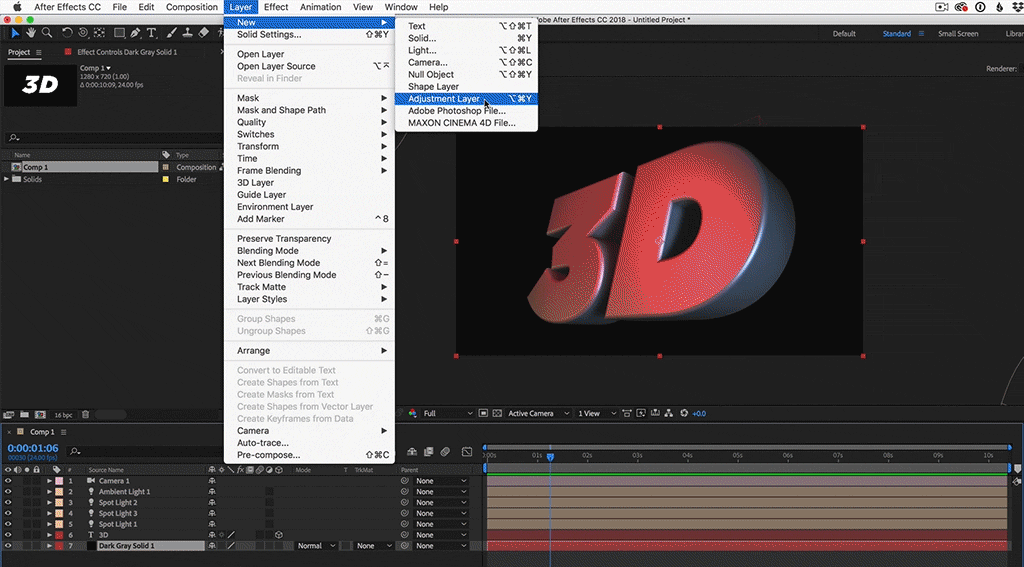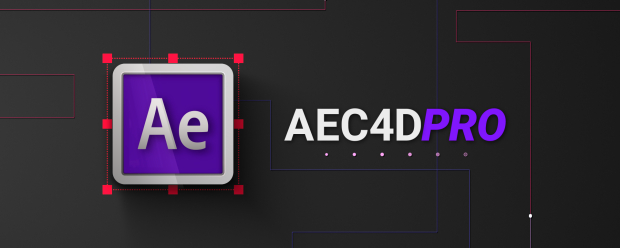

Step 8: To add ambient light, click Layer > New > Light.

Now choose the second spotlight and adjust color again. Choose the first spotlight and press A key twice. Step 7: From the options that came by double tapping the A key, choose 3D option and enable Cast Shadows under the Material options.

This will launch the Position settings, here you can make adjustments in the light’s position. >Step 6: Press the key combination of Ctrl+D/CMD+D on your computer to duplicate the spotlight followed by pressing P key. With this, the text will be more enhanced as the light will reflect over it. Change the Bevel Style to Convex and add Bevel depth to the text to emphasize the look. Step 5: subsequently, you need to select your 3D text layer and tap the “A” key two times. You can rotate the camera tool by using “C” key on your keyboard.

Set the Focal length according to need and click “OK”. Click Layer > New > Camera and choose Two-Node Camera. Choose Cast Shadows subsequently and click OK. Bring the Intensity and Shadow Darkness to 100%. Make adjustment to the color let’s say adjust it to white. In the Light Type drop-down menu and pick out Spot from there. To do this, head to the Layer menu and New > Light. Step 3: It’s time to enhance the 3D look by lighting and texturing it. For adding depth, just launch the Text composition layer settings > Geometry Options. Step 2: As the next step, hit on 3D Layer icon within the text layer and add depth to it so as to receive the ideal 3D look of your text. Then go to 3D Renderer and choose Cinema 4D from the dropdown. Next, hit on the Composition followed by Composition Settings. Next, go to the Character panel to set the typeface according to the preference. Step 1: To begin with, make use of the Type tool – T for entering the text. Ensure to follow the steps carefully to efficiently make 3D text in After Effects. Let’s not wait any longer but to get started with the detailed step by step tutorial. You may also like: 10 Best After Effects Alternatives Part 1: How to Make 3D Text in After Effects


 0 kommentar(er)
0 kommentar(er)
